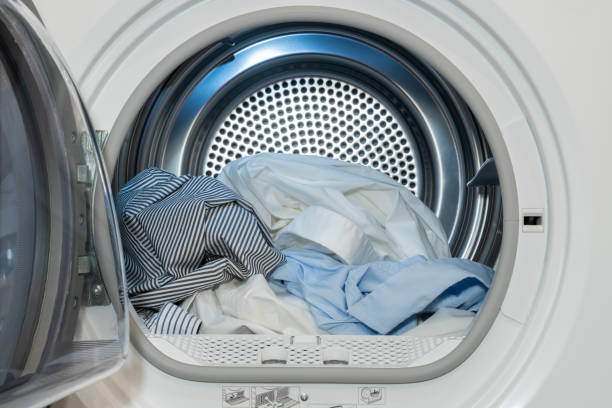
In today’s fast-paced world, household appliances like dryers have become indispensable tools for modern living. These machines save valuable time and effort by quickly drying clothes, linens, and other fabrics. However, the efficiency of a dryer isn’t solely dependent on its make and model. Various factors contribute to how well a dryer performs its task, and understanding these factors can help you make informed decisions when choosing or using a dryer. In this article, we’ll delve into the main factors affecting the efficiency of dryers and provide insights on maximizing their performance.